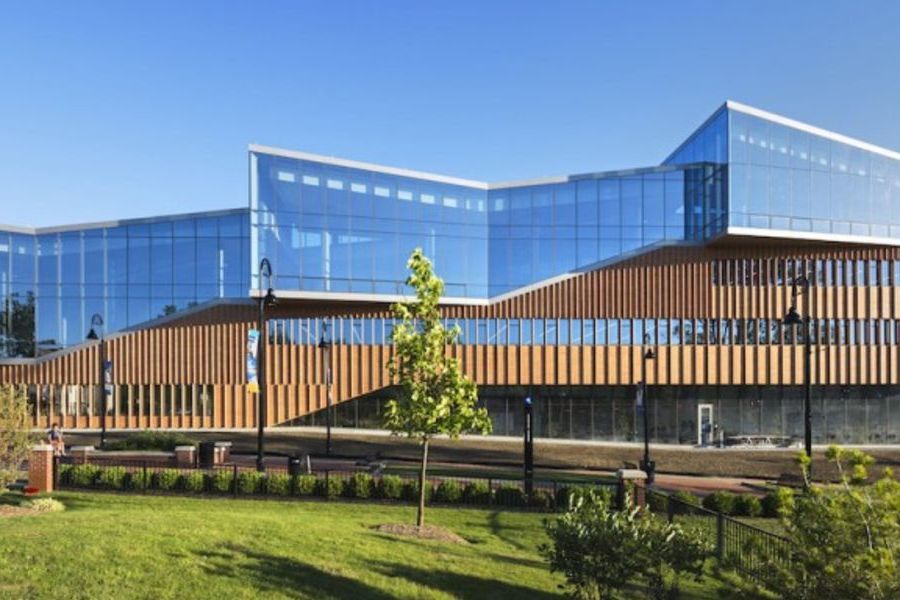Division of Research and Sponsored Programs

Materials Science Research Receives Grant for New X-ray Scattering Instrument
Kent State University’s Advanced Materials and Liquid Crystal Institute soon will be home to a new X-ray scattering instrument capable of examining materials in scales from as small as a fraction of a nanometer to as large as several micrometers.

Materials Science Research Receives Grant for New X-ray Scattering Instrument
Kent State University’s Advanced Materials and Liquid Crystal Institute soon will be home to a new X-ray scattering instrument capable of examining materials in scales from as small as a fraction of a nanometer to as large as several micrometers.

Kent State Professor Receives $2.6 Million Grant for Alzheimer's Research
Kent State University psychology professor John Gunstad, Ph.D., has received at grant of nearly $2.6 million from the National Institutes of Health to expand his Alzheimer’s disease research into a national study.

Internationally Renowned Biodesign Scholar to Headline Kent State Symposium
Just like the research that goes into understanding and applying a complicated concept like biodesign, holding an entire symposium devoted to it is no small undertaking. So, when a world-renowned scholar on the subject agreed to come do some of the heavy lifting, Kent State University was elat…
Kent State Biologist Joins Tennessee, Toledo Colleagues to Study Arctic Climate Change Effects
In early February, scientists reported the hottest temperature on record in Antarctica: 65 degrees Fahrenheit. Studies show climate change is disproportionately affecting the poles, warming them faster than anywhere else on Earth, and raising questions about what kinds of changes we can expect in arctic ecosystems as temperatures rise. A Kent State University biologist has teamed up with some colleagues in an inter-institutional effort to answer some of those questions.

Kent State artist, biologist unite to design print for national project
Andrea Case sits at a table in Kent State’s Center for the Visual Arts, carefully contemplating the silhouettes of leaves printed in bold contrasting colors on the paper in front of her. “As a non-artist, I still feel comfortable having an opinion about this art, and trying to figure out what it me…
Kent State Environmental Symposium Offers Impressive Slate of Speakers and Activities
What is the role of BioDesign in addressing environmental issues we face locally and globally? What does it mean to "design with life?" Kent State University researchers have some ideas on these matters and will soon put them on full display at one of the institution's top-tier research forums: the…
Kent State Chemist Follows up on Baseball Core Study, Refuting MLB Findings.
In 1901, the 16 Major League Baseball teams produced 455 home runs. Players were discouraged from attempting it. Nearly 120 years later, players couldn’t seem to help themselves, and MLB smashed all previous records. More homers might mean more exciting games, but some people question why the spike happened. A Kent State University chemist thinks he has some clues about this unusual surge in home runs.

Kent State Materials Scientist Again Named Among Most Highly Cited Scholars
It’s starting to look a lot like an annual tradition to see a certain Kent State University professor named on Clarivate Analytics’ list of Highly Cited Researchers in the world. Mietek Jaroniec, Ph.D., professor in Kent State’s Department of Chemistry and Biochemistry and a member of the Advanced …